November 21, 2013
Quality of the place and the pace of work is more important than money
In a remarkable session on the future of work at Worktech 13 London this week – Charles Handy declared that organisations need passion, people and profit, in that order. Money isn’t the main motivating factor for individuals either, which is why Handy’s thoughts on the emergence of the portfolio worker should inspire anyone who dreams of quitting their corporate job to do something more interesting instead. Those who don’t have that option would have been cheered to hear the prevailing message at Worktech was that employers are waking up to the fact that the quality of the place and the pace of work (i.e. flexible working) is of equal importance to remuneration in attracting and retaining staff. More →




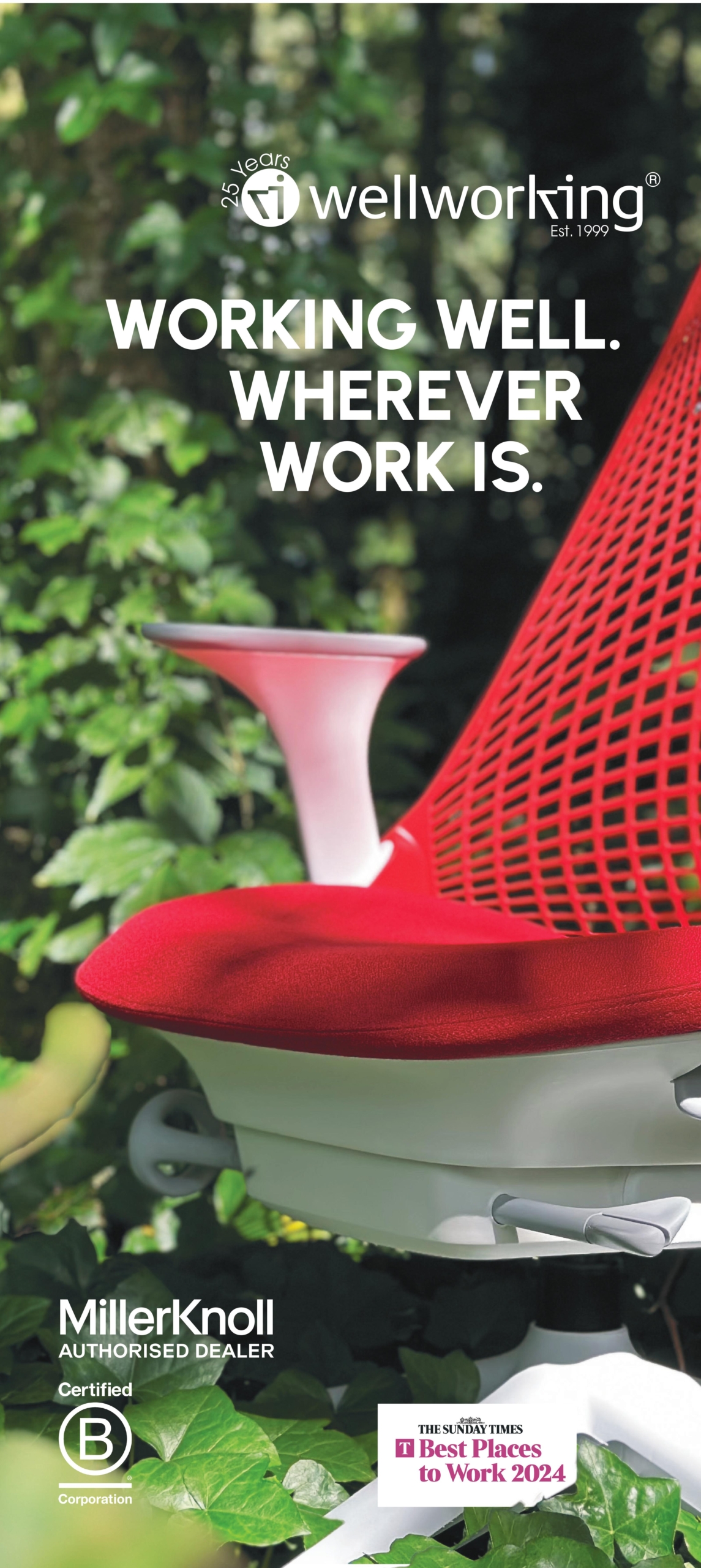
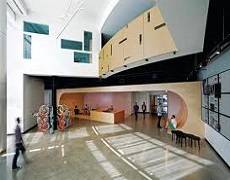
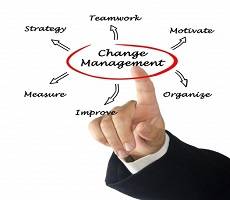



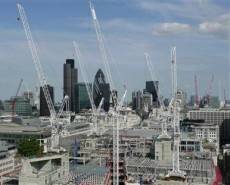
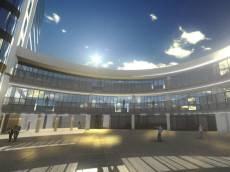




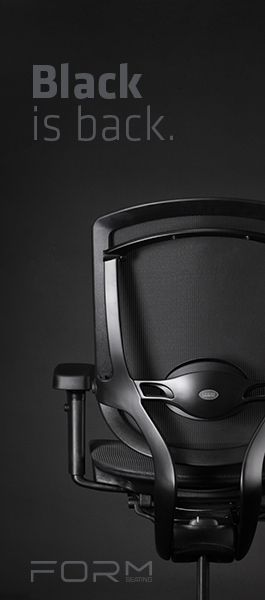



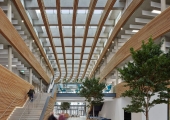
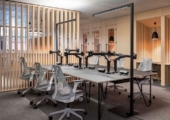


November 19, 2013
2020 vision is a useless metaphor for far-sightedness in a number of ways
by Simon Heath • Comment, Facilities management, Furniture, Technology, Workplace design
More →